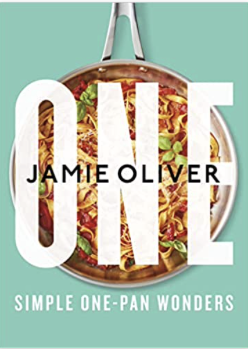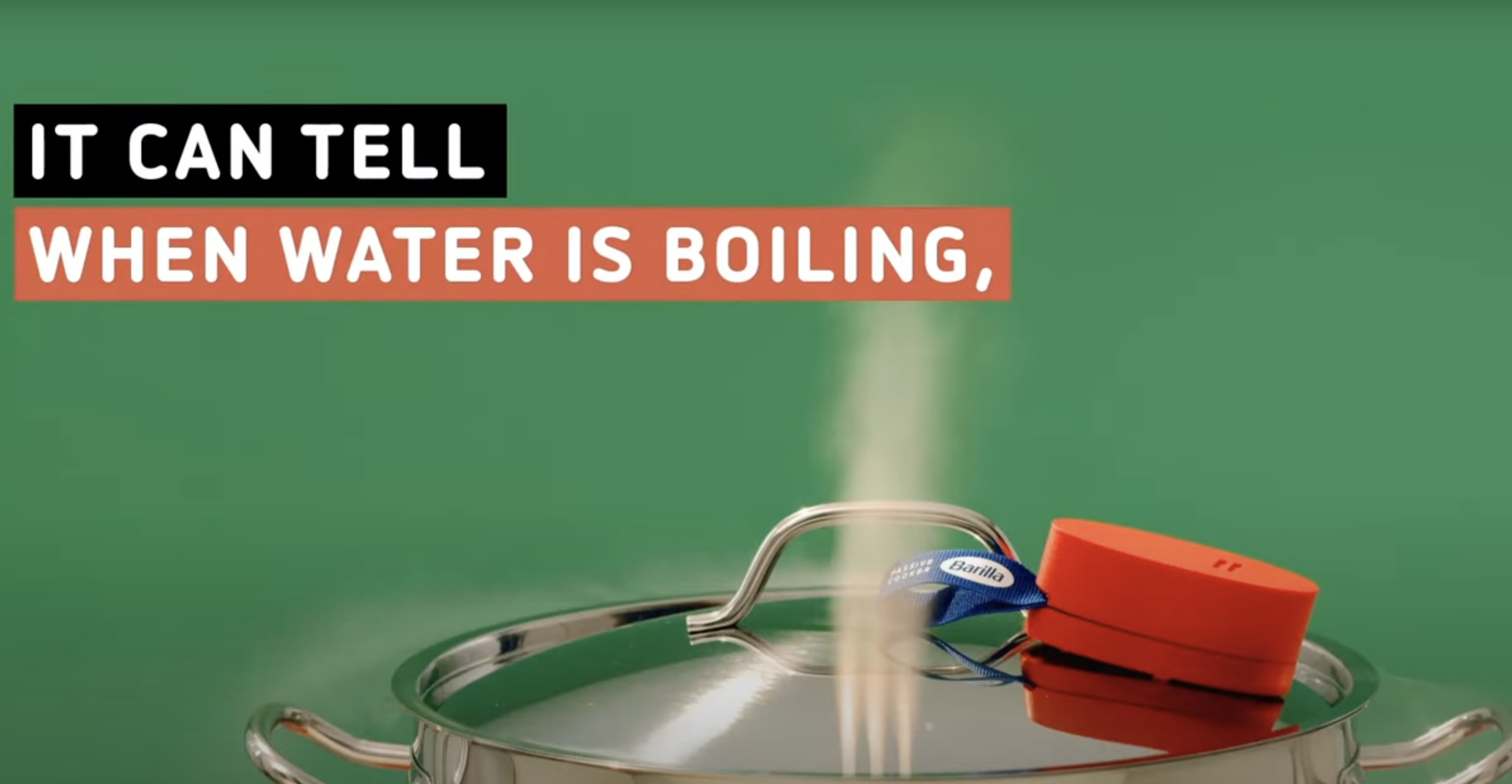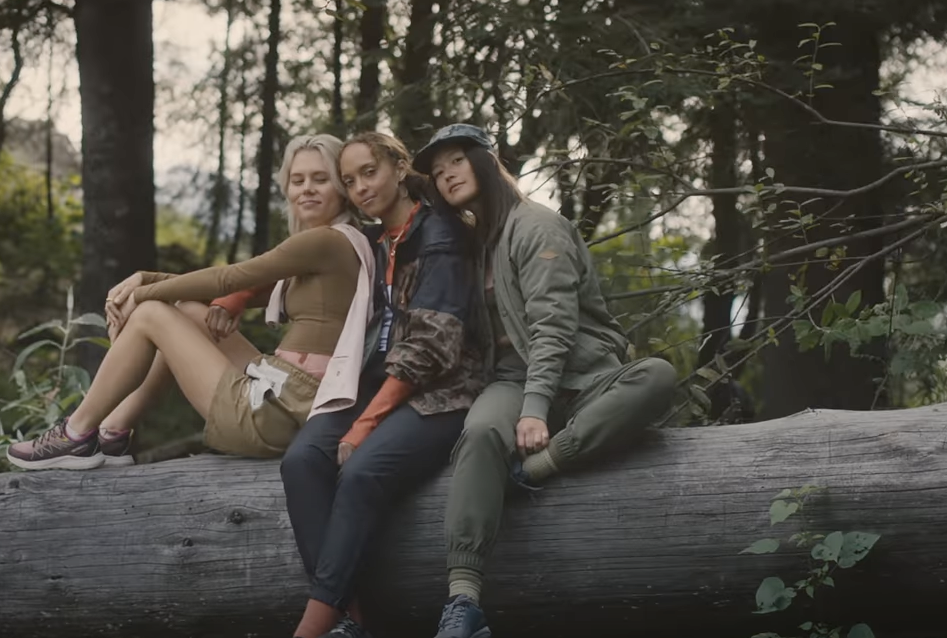What are the consumer trend predictions for 2023?
What are the key consumer trends heading into 2023? Nextatlas sought to answer just this question in a fascinating webinar I attended today (1). Their consumer trend forecasts are based on analysing unprompted social media posts, filtered from noise and advertising, with a focus on early adopter profiles. The objective is to detect emerging interests and behaviours, what they call ‘weak signals’, before they become mainstream.
In this post we look at some of the key predictions for 2023 from the webinar.
Consumer trend 1: Flexibility
Trend
Back in 2020 a weak signal around Flexible was identified, having grown +22% over 18 months. This trend continued into 2021/2022 and is forecast to remain stable into 2023. I liked how Nextatlas shared different ways in which this need for flexibility is manifesting itself. First, on the food side, interest in flexitarianism has continued to rise, with 25% of consumers globally are calling themselves flexitarians. Second, there is the post-Covid growth in flexible working. Nextatlas report a +35% growth in Agile and Working in Q3 2022 versus year ago.
Brand example
Heinz has launched a range of plant based soups called Plant Proteinz to tap into the flexitarian eating trend. To help promote the range, Heinz created an online show called Heinz Flex Kitchen in collaboration with Channel 4. In each show a comedian makes a meal for a large group, with the help of a microwave called Flex.

Consumer trend 2: Scaling-down
Trend
The need for Reduction is predicted to grow strongly by +38% in next six months. For example, this could take the form of recipes with fewer ingredients, as promoted by Jamie Oliver in his book, Simple One Pan Wonders.
What I found especially interesting in the Nextatlas webinar was how reduction can allow people to both be environmentally conscious AND save money. There is an opportunity for brands too help consumers cope with the cost of living crisis and save money whilst having a positive impact on the planet. Importantly, the recommendation is to communicate the concept of reduction not as a negative, “but rather as a choice that demonstrates individual and social responsibility.” (1)

Brand example
Barilla’s Passive Cooker is a smart device that sits on top of a pot lid when you’re making pasta and pairs with your phone. When the water boils, steam reaching the chip inside pings your phone to tell you can pop in the pasta. After two minutes, the device alerts you again to tell you to turn off the stove. This delivers a double whammy: lower energy costs and up to an 80% reduction in CO2 emissions compared to traditional methods.

Consumer trend 3: Hopeful Tomorrow
In 2021 Nextatlas identified a weak signal around the concept of Solarpunk. In contrast to the dominant, dooomsday narrative around climate change, Solarpunk is “a more optimistic, regenerative vision of the future” (2). This trend has picked up pace, and heading into 2023 the idea of Future-proof is forecast to grow +41% in next six months.
The idea here is for brands to “empower consumers with climate optimism and collective direction for positive change” (1). Given all the stress people are under with the cost of living crisis, a more positive approach to addressing climate change feels like it could work well.
Brand example
Hellmann’s #maketastenotwaste campaign is an example of a sustainability campaign which is positive, optimistic and even fun. For example, the Condiments ’N’ Crusts pizza pop-up showed Londoners how Hellmann’s could make pizza crusts nice and tasty, based on the finding that 1 in 5 of us don’t eat our pizza crusts.

Consumer trend 4: Empathetic Connections
We are living through a sustained period of turmoil, with Covid, the war in Ukraine and the cost of living crisis. These challenges are accompanied by a growing interest in being in touch with emotional health, both your own and that of other people. One manifestation of this is the forecast growth of Empathy by +27% over the next six months.
The opportunity here is for brands to show empathy but also back it up with substance. “Moving beyond words to action is both the right thing and the right way to earn genuine consumer support,” recommend Nextatlas. “At moments like this, people need brands to provide thoughtful practical solutions.“
Brand example
Outdoor footwear brand Merrell has launched an activation campaign called More Less, which seeks to attack “the gimmicks of the women’s self-care market.” Rather than hoping healing crystals or facials will make you feed better, Merrel aims to show that “the greatest form of self-care has always been pretty simple: get outside and get moving.” As with the Hellmann’s and Barilla examples, I like how this campaign is product-centric: it helps people and/or planet whilst also driving product trial.

In conclusion, the consumer trends identified here provide some interesting inspiration on how to help consumers save money, feel better and do their bit for the planet heading into 2023.
SOURCES
2. Solarpunk


